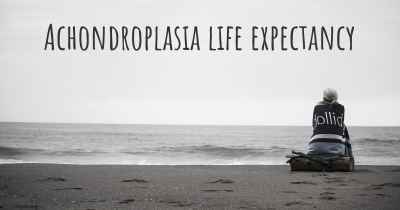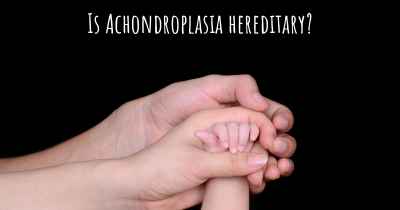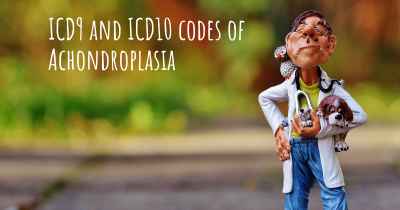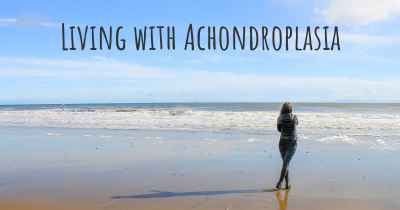What are the latest advances in Achondroplasia?
Here you can see the latest advances and discoveries made regarding Achondroplasia.
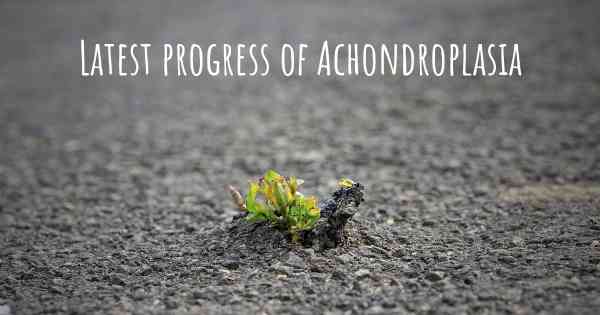
Achondroplasia is a genetic disorder that affects bone growth, resulting in dwarfism. It is caused by a mutation in the FGFR3 gene, which leads to abnormal cartilage formation and stunted bone growth. While there is currently no cure for achondroplasia, significant progress has been made in understanding the condition and developing potential treatments.
Gene Therapy:
One of the most promising advances in achondroplasia research is the development of gene therapy approaches. Gene therapy aims to correct the underlying genetic mutation responsible for the condition. Scientists have been exploring various strategies to deliver a functional copy of the FGFR3 gene to affected cells. This could potentially normalize bone growth and alleviate the symptoms of achondroplasia. While gene therapy is still in the early stages of development, preclinical studies in animal models have shown promising results.
FGFR3 Inhibitors:
Another area of active research is the development of FGFR3 inhibitors. These are drugs that target the overactive FGFR3 protein, which is responsible for the abnormal cartilage formation in achondroplasia. By inhibiting FGFR3, these drugs aim to promote normal bone growth. Several FGFR3 inhibitors have shown promise in preclinical studies and are now being evaluated in clinical trials. Early results suggest that these inhibitors may help improve bone growth and potentially mitigate the symptoms of achondroplasia.
Limb Lengthening Procedures:
Limb lengthening procedures have been used for many years to address the short stature associated with achondroplasia. These surgical interventions involve gradually lengthening the bones using external or internal devices. While limb lengthening procedures can increase height, they also carry risks and complications. Researchers are continuously working to refine these procedures and improve their outcomes, aiming to minimize complications and maximize the benefits for individuals with achondroplasia.
Quality of Life Interventions:
Improving the quality of life for individuals with achondroplasia is an important aspect of research and development. This includes interventions such as physical therapy, occupational therapy, and assistive devices. Physical therapy can help individuals with achondroplasia improve their strength, flexibility, and mobility. Occupational therapy focuses on enhancing daily living skills and independence. Assistive devices, such as modified furniture or mobility aids, can also greatly improve the quality of life for individuals with achondroplasia.
Collaborative Research Efforts:
Advances in achondroplasia research are being driven by collaborative efforts between scientists, clinicians, and patient advocacy groups. These collaborations facilitate the sharing of knowledge, resources, and expertise, accelerating the pace of discovery. By working together, researchers can pool their efforts to better understand the underlying mechanisms of achondroplasia and develop innovative treatments.
Conclusion:
Achondroplasia research has made significant strides in recent years. Gene therapy and FGFR3 inhibitors hold great promise for correcting the genetic mutation and promoting normal bone growth. Limb lengthening procedures continue to be refined to improve outcomes, and quality of life interventions aim to enhance the well-being of individuals with achondroplasia. Collaborative research efforts are crucial in advancing our understanding and treatment options for this genetic disorder. While there is still much work to be done, these advances bring hope for a brighter future for individuals with achondroplasia.
